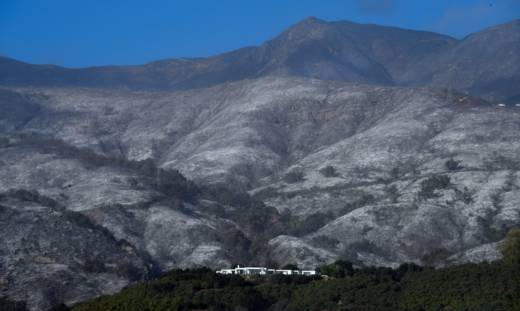“Would you overthrow your government? If not, why not?” Spoken quite matter-of-factly on the Yerba Buena Center stage, the question hangs in the air for a moment, as we all consider what it would mean.
In perhaps his most provocative work to date, David Dorfman turns a none-too-oblique gaze at contemporary apathy in underground, a multi-textured work that had its Bay Area premiere on September 21. His examination of activism and terrorism comes wrapped in a reminiscence of the “Days of Rage,” when the ’60s militant group, The Weathermen — a splinter of the leftist Students for a Democratic Society — waged a guerilla war against the U.S. government in protest of the Vietnam War. Bombings, riots — they even busted Timothy Leary out of jail and got him to Algeria — and yet, as revolutions go, the Weathermen’s efforts to shake Americans from complacency through violence brought home to our doorsteps largely fizzled.
Is the revolution over? Many of the Weathermen, now in their 60s, have long since turned themselves in and are now holding down middle class jobs. One of its leaders, Bill Ayers, is currently a professor at the University of Illinois at Chicago and it was one of those eerie coincidences of life that the New York Times happened to run an interview with Ayers about his memoir Fugitive Days on September 11, 2001. In it, Ayers quotes from the great Irish poet, Seamus Heaney: “Human beings suffer,/ They torture one another./ They get hurt and get hard./History says, Don’t hope /On this side of the grave. /But then, once in a lifetime /The longed-for tidal wave /Of justice can rise up /And hope and history rhyme.”
Dorfman doesn’t cite Ayers specifically and yet, he is present, perhaps in the person of Dorfman himself, who was already onstage as the audience walked into the Center for the Arts. Against Cameron Anderson’s projection of a blood-hued brick wall, it’s hard not to see the lonely solo as the aging professor reviewing, perhaps longing for, the passion of his terrorist years. In loose-fitting street clothes, Dorfman curls, charges, backs away and hurls imaginary …epithets? Rocks? Grenades?
The loose, grounded style, the chaotic flinging perfectly suits both Dorfman’s talented troupe of dancers and the theme at hand. Everywhere you look there are bodies flying through space. He places motifs into a new context. An extended yoga pose (aptly enough, a variation on the Warrior pose), adds a raised fist, à la Black Power, or Che Guevara’s “Smash Capital Now.” Stark oblongs of light emerge on the stage like open graves, and the dancers fall into them willingly. A riot of projections — film clips and moving figures — flash onto the backdrop as the dance evolves.


